The mining history of Cornwall doesn’t sound like it should be beautiful – but over the years some of our favourite days out and loveliest photographs have been from our trips to see mining history! My Mum hails from Redruth which was once the world capital of mining, so I’ve spent many a holiday in the area counting tin mines and taking them for granted. It is only recently exploring the area with Mr P (with my Grandpa’s recommendation list) that we have really discovered what an interesting history the area has and the extent of mining in the country.
We have mining to thank for the glorious Cornish pasty – so anything that led to the making of the first pasty needs attention!
Carn Brea is a very prominent hill in Cornwall and splits two deeply competitive mining (and rugby) towns – Cambourne and Redruth. It is also at the bottom of my grandparents garden and was always the landmark we would look for from the A30 to know we were nearly there (in fact we still do – first to see the Carn wins). The view from the top on a clear day is stunning and you need more than 2 hands worth of fingers to count all the mines you can see! The scale of mining is clearly evident from the Carn, like Wheal Frances below – almost monastic in size.
A while ago we spent a few days on the Lizard and found our first mine – Wheal Prosper on Rinsey cliff. Just stunning – we were there on a beautiful evening and there wasn’t a soul about. It felt like we’d gone back in time and it is incredible to see how well preserved it is. We also took a stroll along the coast and found more relics on the cliffs. Goodness only knows how they were built…
Spurred on with our new found interest in mining we took a trip to the Heartlands museum that I really recommend a visit to. The scale of the mining was quite incredible – there are far more tunnels under the ground than I realised, a wonder more gardens don’t fall into the earth!
A more recent visit took us to Cape Cornwall and a walk out to Botallack and Levant. Botallack is of course better known as Wheal Poldark now!! What is particularly interesting in this area is that you can see the whole era of mining through to much more modern day. You can also go down a mine in a museum!
But on our Easter visit to Cornwall there was only one place to go – to see the poster girl for Cornish mining – Wheal Coates! Set on the north coast near to St Agnes, and easily accessed from Chapel Porth beach (£4 National Trust parking and nice loos) it is well worth a visit! We were up with the larks on Easter Monday before heading back home and so were first in the car park and first on the coastal path. It was a gorgeous day – we were down to shirt sleeves by 9am, in early April! This is the UK – incredible!
I love having a nose around the old mines, the ground always seems pretty sturdy so it is interesting to have a clamber inside and look at the architecture and the views. If I could live somewhere in Cornwall, then I wouldn’t mind a converted mine like this – high above the sea with a 360 degree view of the area!
I think next time we visit we’ll need to bring a picnic (or a bottle of Camel Valley fizz) and just sit and enjoy the view for as long as possible! The colour of the ocean was stunning – the sun just lights it up! So clear!
What made our morning exploring the mines even more memorable was the sight of so many dolphins. We are used to seeing them when we are sailing but despite always being on the look out during a coastal walk I haven’t ever spotted any – just breaking waves! But this time we were in luck – one splash then another and it became obvious there were about 20 or so dolphins playing at the foot of the cliffs. Very off-putting – what to focus on: the tin mines; the dolphins; or putting one foot in front of the other and not falling into the sea?!
A real treat – Cornwall’s mining history fascinates me and seeing so many dolphins whilst enjoying the warm sunshine in April – a great day out indeed!
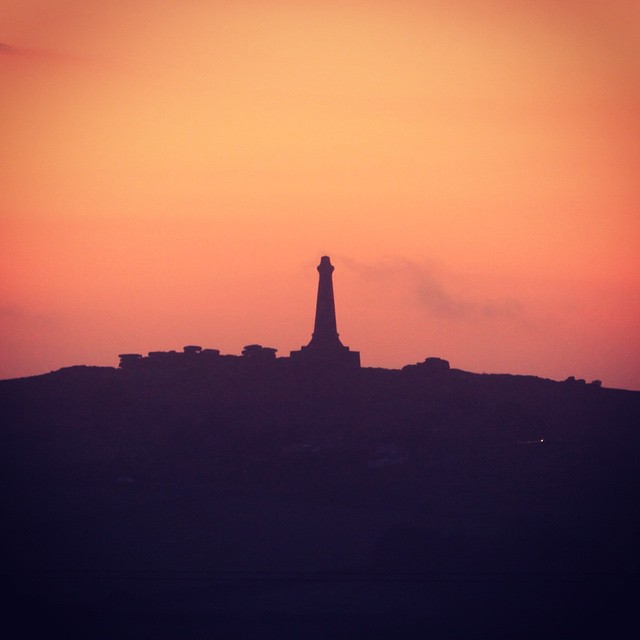

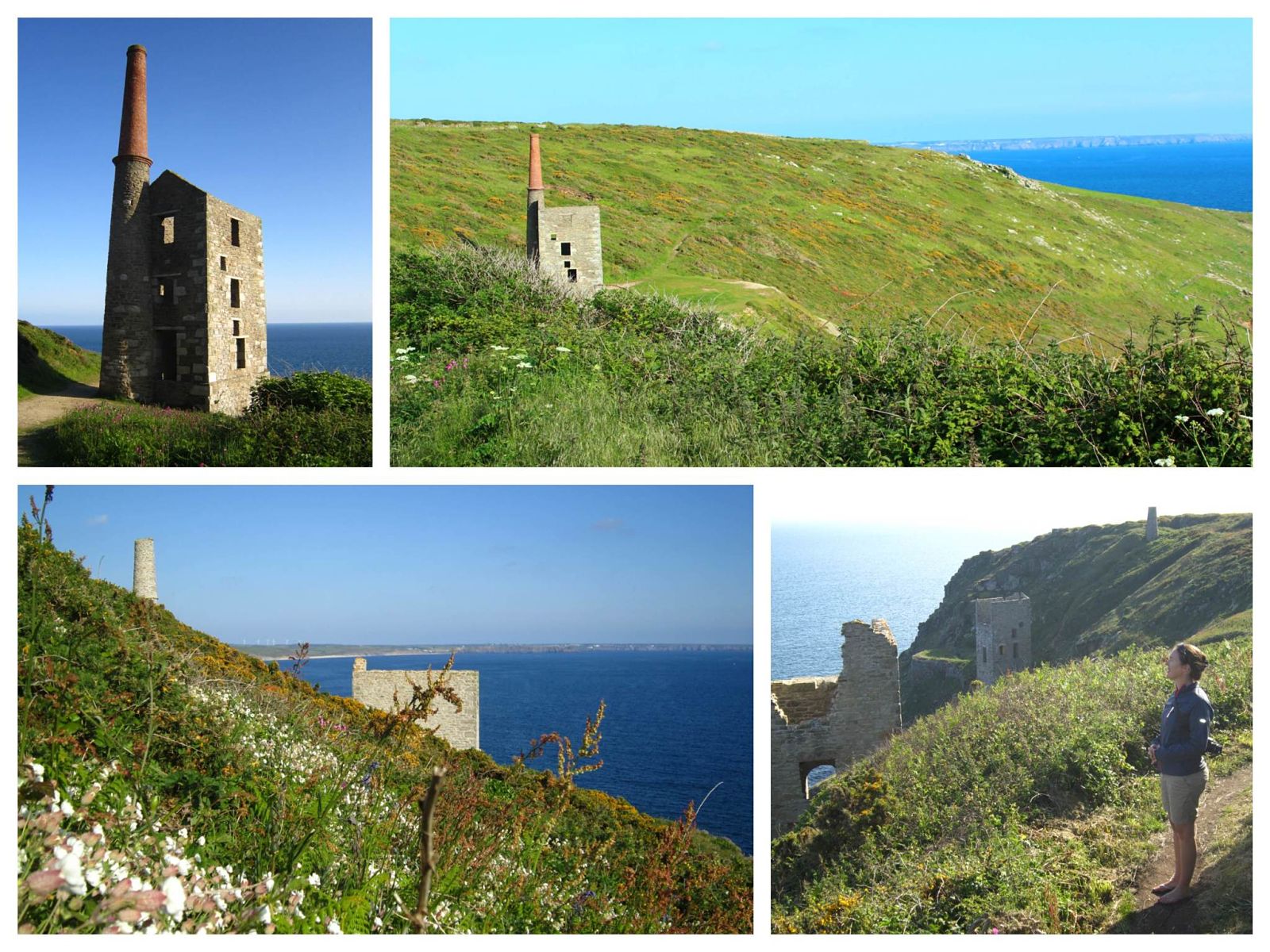

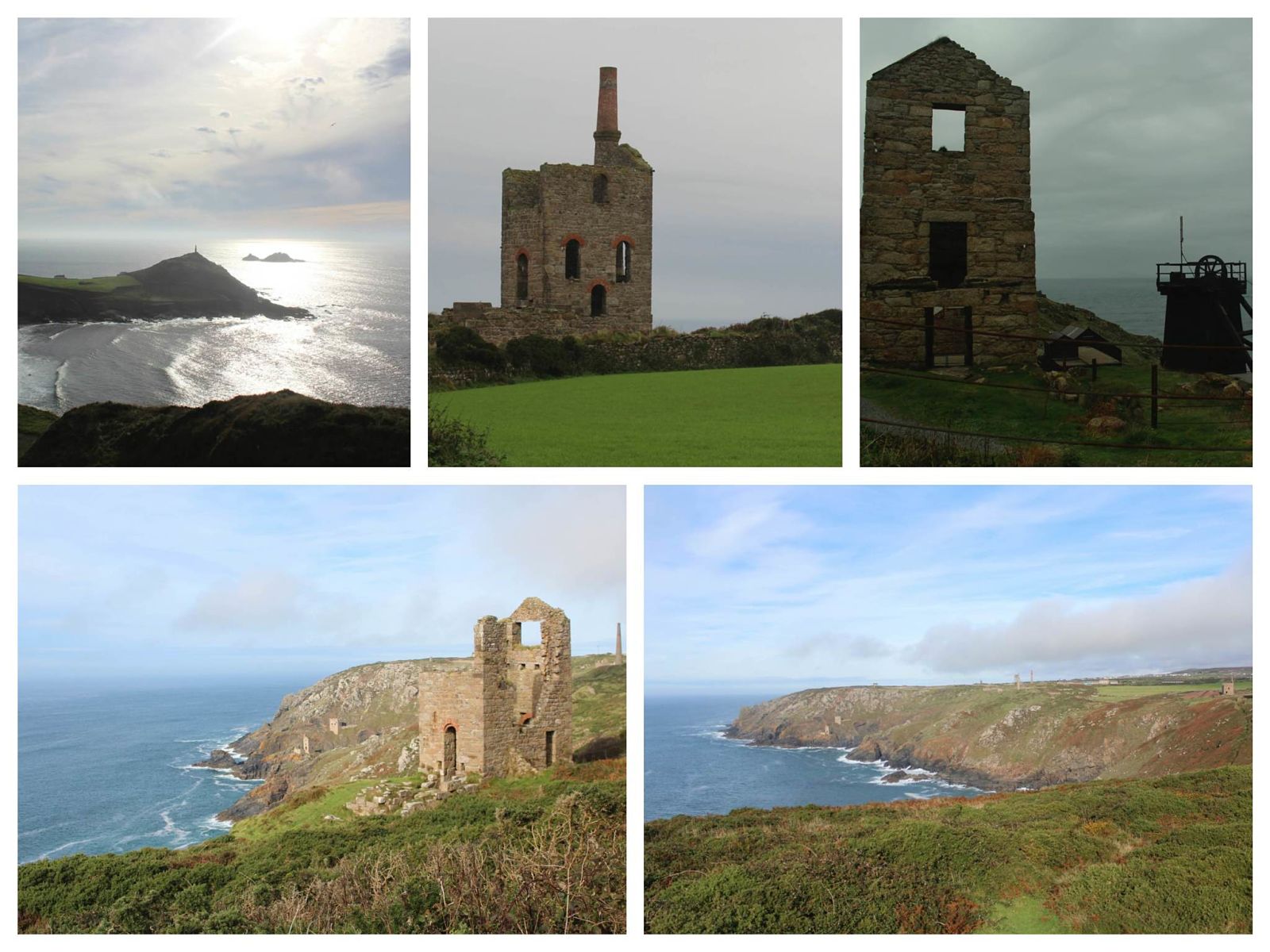
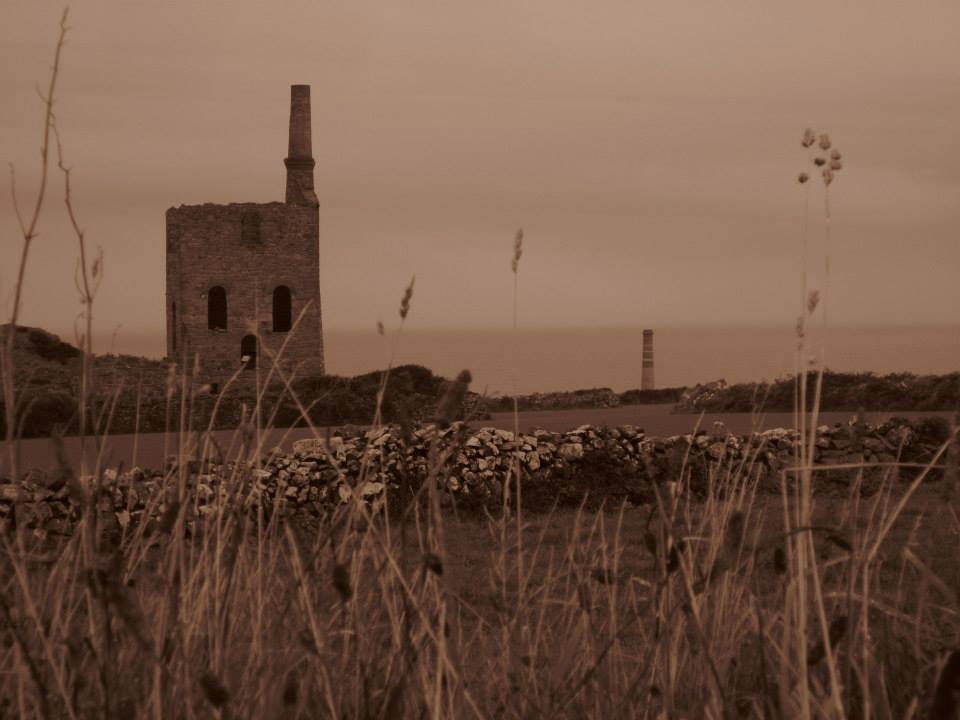
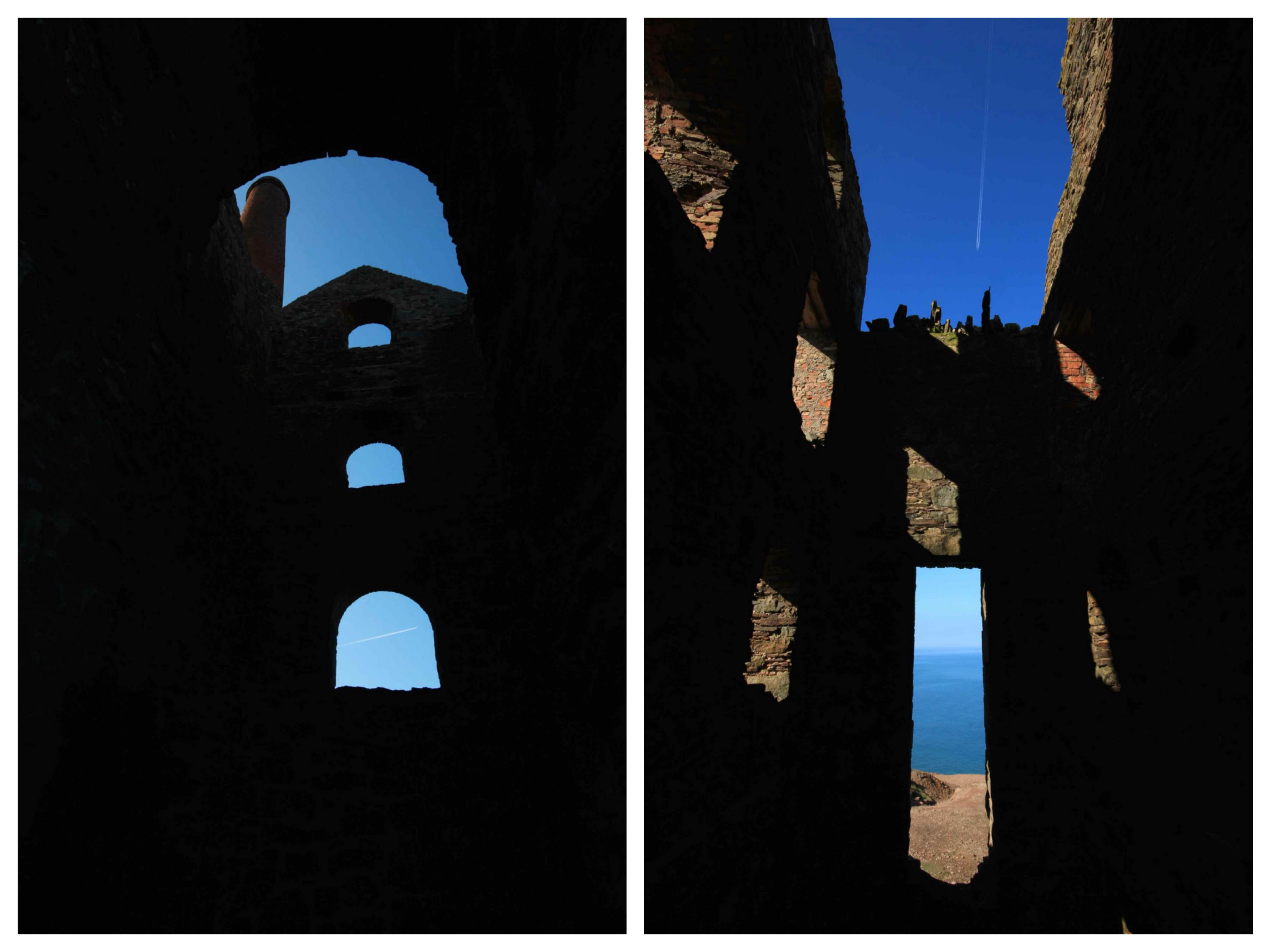

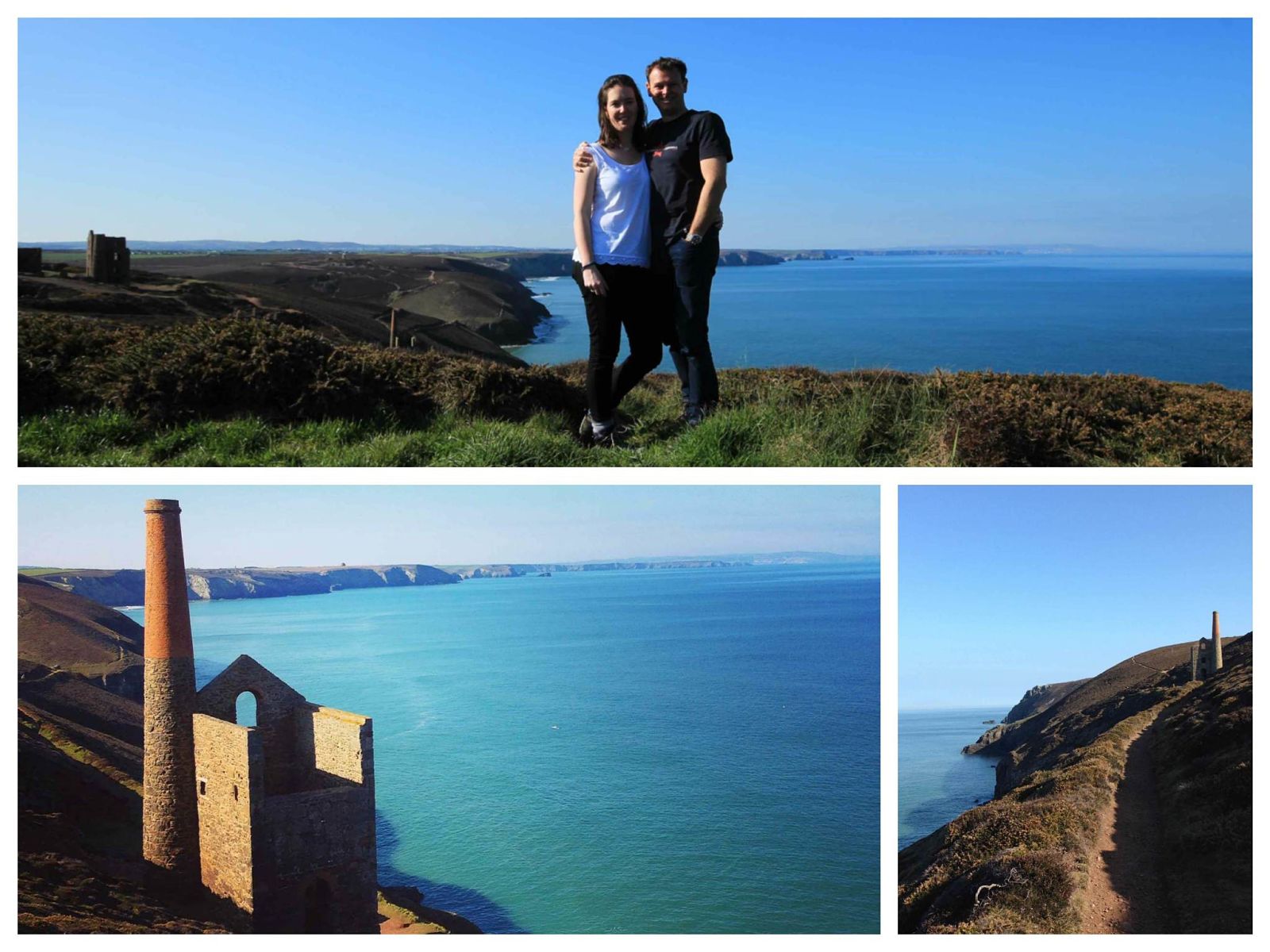
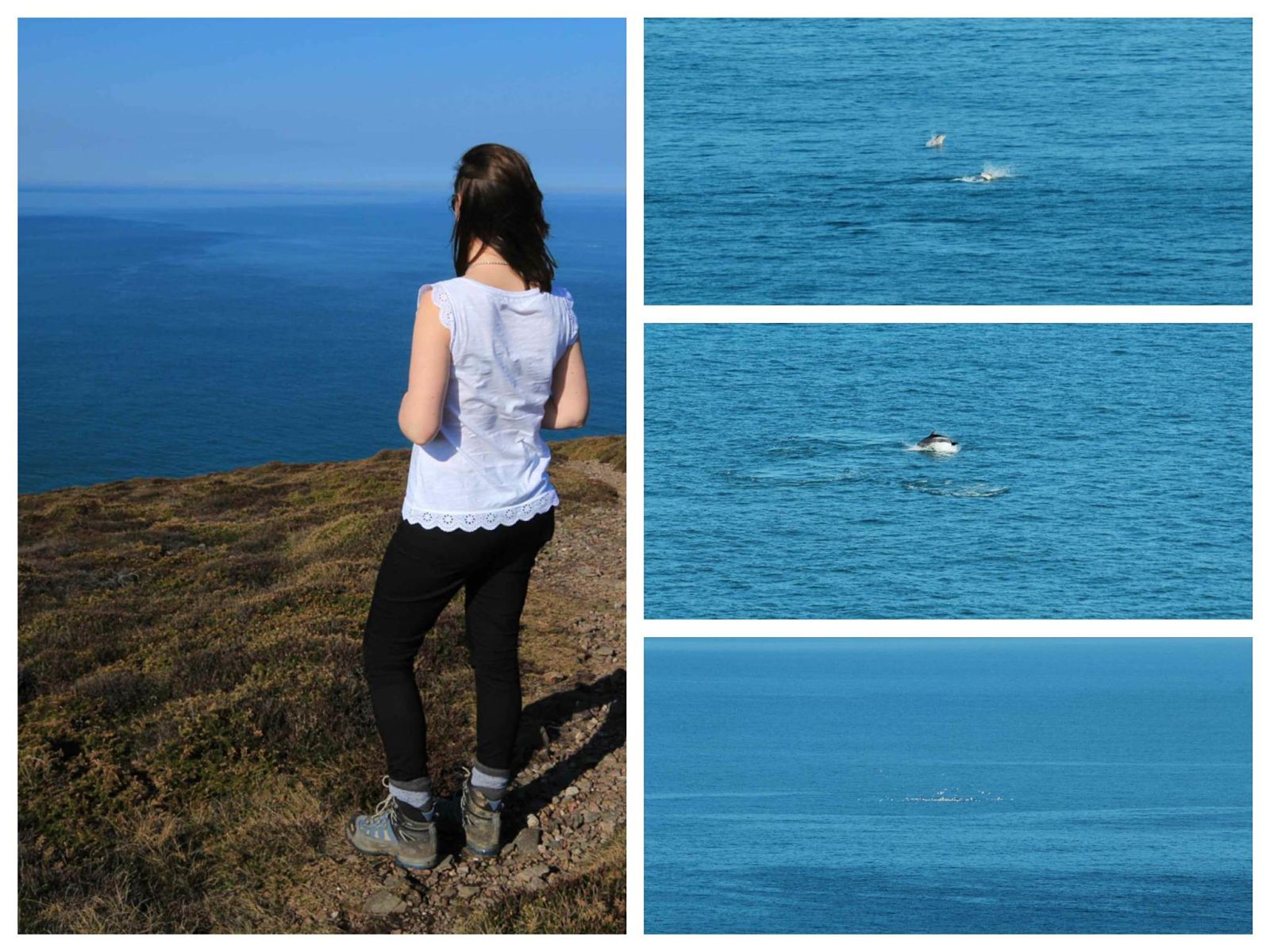

Would never have thought of doing this but you have got me quite intrigued! Great post and pics.
Author
It is stunning really and steeped in history and success – I suspect there will be a ‘poldark trail’ soon enough!!
You are right. It doesn’t sound beautiful, but it is! Beautiful photos, thanks for taking us on this journey.
Author
Thank you! I hope you get to visit someday – it is stunning scenery!
It is mazing that industry can be so visually appealing as well as having the history of the area. Think of the people who worked these mines and their lives – amazing.
Author
There is definitely bits that aren’t so pretty – Levant is more modern and so is eery and still shows signs of the mining!
We were also in Cornwall in April, but a little further north (near Tintagel). What fantastic weather it was! There are lots of mines between where we stayed, but mostly slate mines on the coast at least, I believe…
As usual, gorgeous scenery and it proved a good time to go because most of the schools had gone back and it wasn’t heaving quite so much as it is in season, and the weather was a bonus! 🙂
Author
Gorgeous scenery best enjoyed out of the main season – I agree, we were very lucky with the weather!
Looks like a great place to visit. Thank you for sharing with us the area’s history. Those bits are important, because they shape the landscape and the character of the people around it. There’s something oddly fascinating in abandoned industrial buildings. I’m sure I’d like it too.
Author
I’ve always loved seeing the mines dotted over the countryside, but the coastal ones are just breathtaking! Hard to imagine hard work underground when you see how stunning it is now!
So true – Carn Brae is such a welcome sight! Very good family friends of @Benjamescooper used to live at the foot of the hill!
Author
I had no idea George, that’s where my mum grew up!! Small world! Always good to see the Carn and the four lanes mast from the A30 and know we’re nearly there!